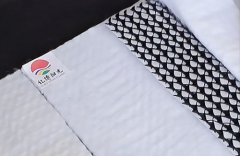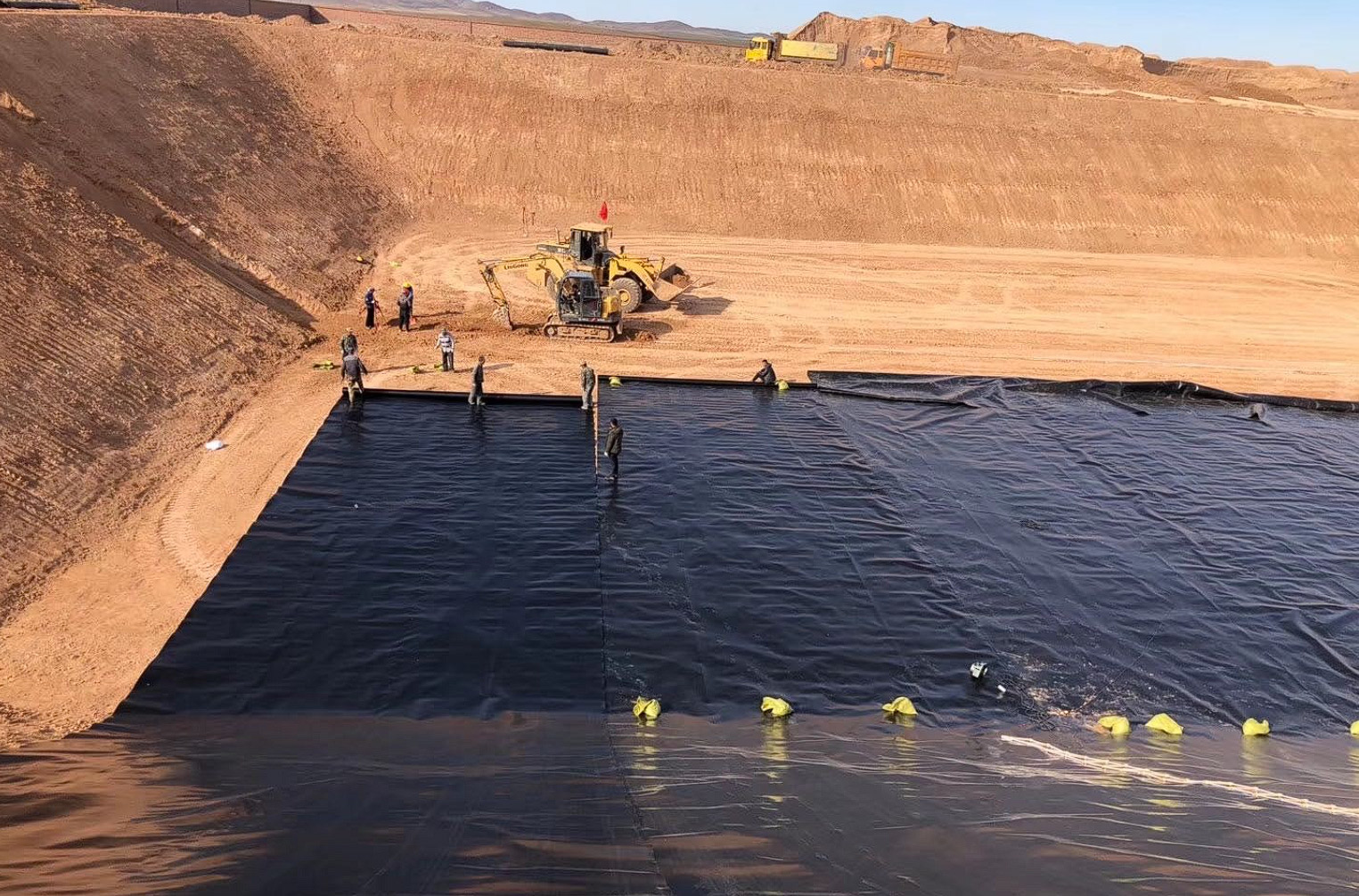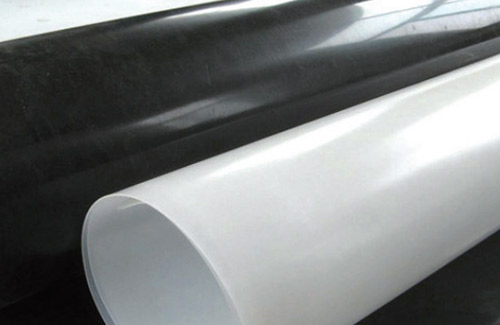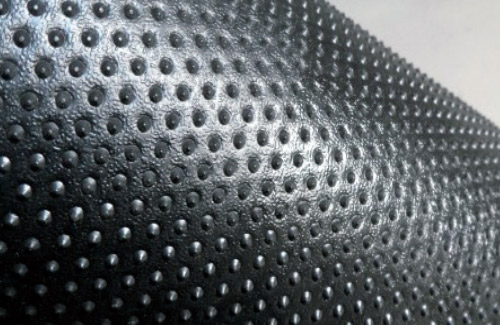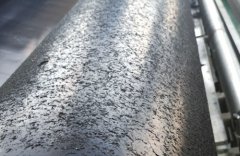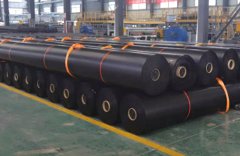In the process of outdoor construction, the influence of temperature should be fully considered, and the appropriate time should be selected for film laying. Most geomembranes need to be applied at a temperature of around 20°C, otherwise the diaphragm will become brittle and easily damaged.
3. Indoor construction
Indoor construction needs to pay attention to the following aspects:
1. Ground treatment
The site for laying geomembranes indoors often exists on the basis of open ground, so it is necessary to do a good job of ground treatment before laying. It should be ensured that the base surface is neat, flat, free of dust, and that there is no gradual substance that is strongly sticky to the film.
2. Welding skills
For indoor geomembrane laying, welding skills are particularly important. When welding the connection, the welding margin should be left sufficient, and the heating should be uniform, and the welding place should be fixed and firm.
3. Bubble treatment
During the laying process, air bubbles may appear and need to be dealt with in a timely manner. If not handled properly, air bubbles can have an adverse effect on the geomembrane.
Precautions during construction
1. Strictly implement the construction plan to ensure that every detail is paid attention to and properly handled.
2. Before splicing and welding, the contact surface should be treated.
3. Do not expose the sun directly to the membrane surface, you can shade the rain and attach a membrane cover that can be cut to avoid direct sunlight.
4. When carrying out ground treatment, the surface layer of the soil should be removed.
5. Considering the future maintenance and repair, some margin should be left during construction for future maintenance and repair.
The construction quality of the fish pond geomembrane is directly related to the breeding benefits and maintenance costs of the fish pond. Therefore, before construction, we must carefully formulate the construction plan, and deal with every detail in strict accordance with the standard requirements to ensure that the construction quality meets the standards. During the construction process, attention should be paid to safety issues to ensure the safety of staff. At the same time, after the construction is completed, a series of water quality tests should be carried out on the fish pond to ensure that the construction quality of the geomembrane meets the national standards.
